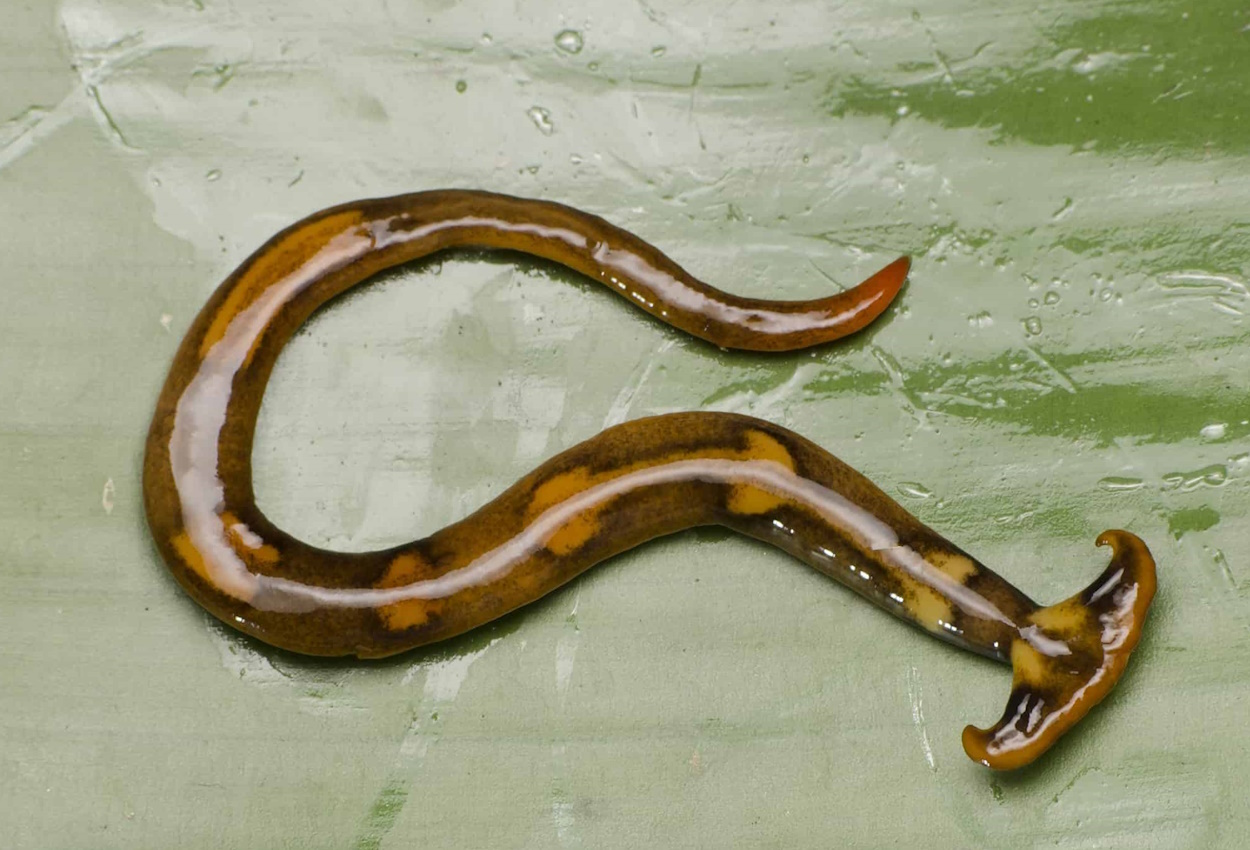Hammerhead Worms: Invasive and Toxic Threat
Hammerhead worms are a recent invasive species in Ontario, raising concerns for both ecological and human health. These predatory worms, named for their unique hammer-shaped heads, can grow up to a menacing three feet in length. While they may not be the most aesthetically pleasing addition to our backyards, the bigger threat lies in their toxic nature.
A Threat to Small Animals and Pets
Hammerhead worms are carnivorous and pose a danger to smaller animals and pets. They use their sharp proboscis to inject venom into their prey, liquefying them for easier consumption. This predatory behavior disrupts the natural ecosystem and can lead to population decline of native species.
Protecting Yourself from Hammerhead Worms
While not typically aggressive towards humans, hammerhead worms can cause skin irritation if handled directly. It’s recommended to wear gloves whenever handling these worms to avoid any potential health risks.
The Accidental Invasion
The arrival of hammerhead worms in Ontario is believed to be accidental. Experts suggest that they were likely introduced through nursery stock, highlighting the importance of careful inspection and quarantine procedures for imported plants.
What You Can Do
If you encounter a hammerhead worm on your property, it’s important to report it to the authorities. Early detection and containment efforts are crucial in preventing the spread of this invasive species.
By staying informed and taking necessary precautions, we can help mitigate the threats posed by hammerhead worms and protect our environment.
Quick General Facts About Hammerhead Worms
- Hammerhead worms are an invasive and toxic worm species that can grow up to three feet long.
- They are originally from Southeast Asia and were likely brought into Ontario accidentally through nursery stock material.
- The worms are dangerous to small animals and pets.
- They can spread quickly because if you cut them up, each piece becomes a new individual.
- Hammerhead worms have a very dangerous neurotoxin called tetrodotoxin which is also found in pufferfish. While the toxin can be lethal for small animals, it will only produce a rash for people.


Khalil -
I saw one the other day. Disgusting looking thing.